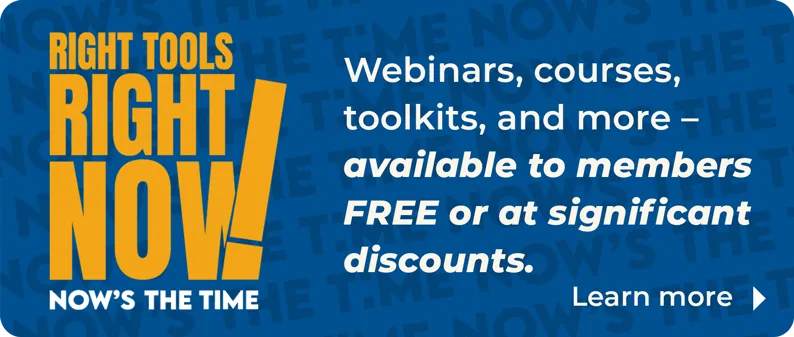At the national level, housing affordability increased in March compared to a year ago, according to NAR's Housing Affordability Index. Affordability declined in March compared to February as median family incomes jumped by 16.9% while the monthly mortgage payment increased 7%. The effective 30-year fixed mortgage rate1 was 3.13% this March compared to 3.51% one year ago, but the median existing home sales price rose 18.4% from one year ago.


As of March 2021, the national and regional indices were all above 100, meaning that a family with the median income had more than the income required to afford a median-priced home. The income required to afford a mortgage, or the qualifying income, is the income needed so that mortgage payments account for 25% of family income.2 The most affordable region was the Midwest, with an index value of 228.0 (median family income of $94,223 which is more than twice the qualifying income of $41,328). The least affordable region remained the West, where the index was 124.1 (median family income of $102,663 and the qualifying income of $82,752). The South was the second most affordable region with an index of 181.9 (median family income of $87,224 and the qualifying income of $47,952) The Northeast was the second most unaffordable region with an index of 176.9 (median family income of $108,009 with a qualifying income of $61,056).


Housing affordability3 increased from a year ago in three of the four regions. The Northeast had the only decline, of 1.4%. The Northeast region experienced the strongest price growth compared to a year ago, of 24.3%. The West region had the biggest gain of 8.2% and had the second strongest price growth, of 18.5%. The Midwest had an increase of 7.5% followed by the South with the smallest gain, of 5.3%.
Affordability is up in all four regions from last month. The Northeast had the biggest gain of 6.2%, followed by the West, which rose 4.3%. The South region increased 2.2%, followed the Midwest region, with the smallest increase of 0.4%.
Nationally, mortgage rates were down 38 basis points from one year ago (one percentage point equals 100 basis points).
Compared to one year ago, the monthly mortgage payment rose to $1,147 from $1,016, an increase of 12.9%. The annual mortgage payment as a percentage of income declined to 14.4% this March from 14.9% from a year ago due to higher incomes and lower interest rates. Regionally, the West has the highest mortgage payment to income share at 20.2 % of income. Home prices in the West have reached an all-time high of $502,800. The Northeast had the second highest share at 14.1%, followed by the South, with their share at 13.7%. The Midwest had the lowest mortgage payment as a percentage of income at 11.0%. Mortgage payments are not burdensome if they are no more than 25% of income.4

Home prices are rising which is hurting affordability, keeping out first-time home buyers even with higher incomes. This week The Mortgage Bankers Association reported a decline in loans in forbearance. Last week the Mortgage Bankers Association reported mortgage applications decreased 0.9% from one week earlier. Mortgage credit availability was up 0.6 in March. New home purchase applications are up 7% compared to a year ago.
What does housing affordability look like in your market? View the full data release.
The Housing Affordability Index calculation assumes a 20% down payment and a 25% qualifying ratio (principal and interest payment to income). See further details on the methodology and assumptions behind the calculation.
1 Starting in May 2019, FHFA discontinued the release of several mortgage rates and only published an adjustable-rate mortgage called PMMS+ based on Freddie Mac Primary Mortgage Market Survey. With these changes, NAR discontinued the release of the HAI Composite Index (based on 30-year fixed-rate and ARM) and starting in May 2019 only releases the HAI based on a 30-year mortgage. NAR calculates the 30-year effective fixed rate based on Freddie Mac's 30-year fixed mortgage contract rate, 30-year fixed mortgage points and fees, and a median loan value based on the NAR median price and a 20% down payment.
2 The 25% mortgage payment to income share takes into consideration that a homeowner has other expenses such as property insurance, taxes, utilities, and maintenance, so that total housing expenses are no more than 30% of income. Housing costs are not burdensome if they account for no more than 30% of income.
3 A Home Affordability Index (HAI) value of 100 means that a family with the median income has exactly enough income to qualify for a mortgage on a median-priced home. An index of 120 signifies that a family earning the median income has 20% more than the level of income needed pay the mortgage on a median-priced home, assuming a 20% down payment so that the monthly payment and interest will not exceed 25% of this level of income (qualifying income).
4 Total housing costs that include mortgage payment, property taxes, maintenance, insurance, and utilities are not considered burdensome of they account for no more than 30% of income.









